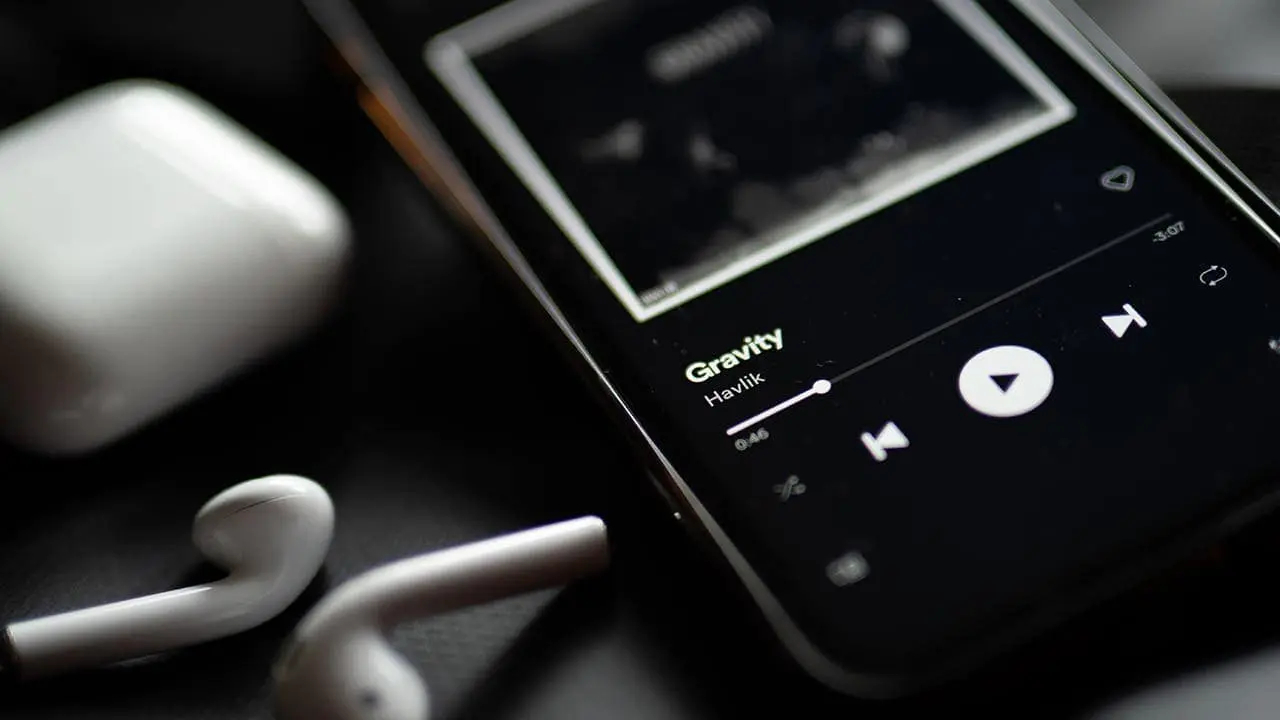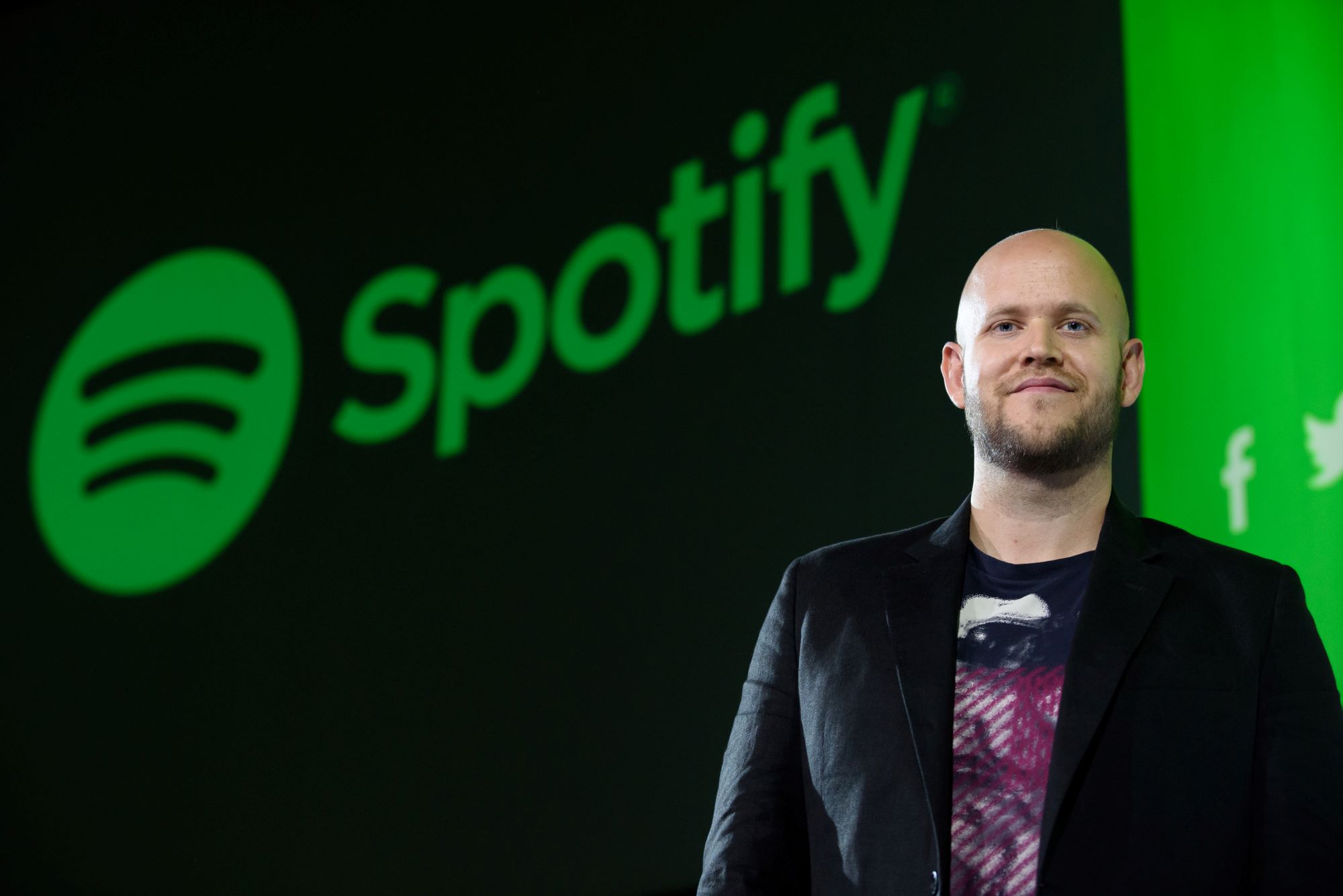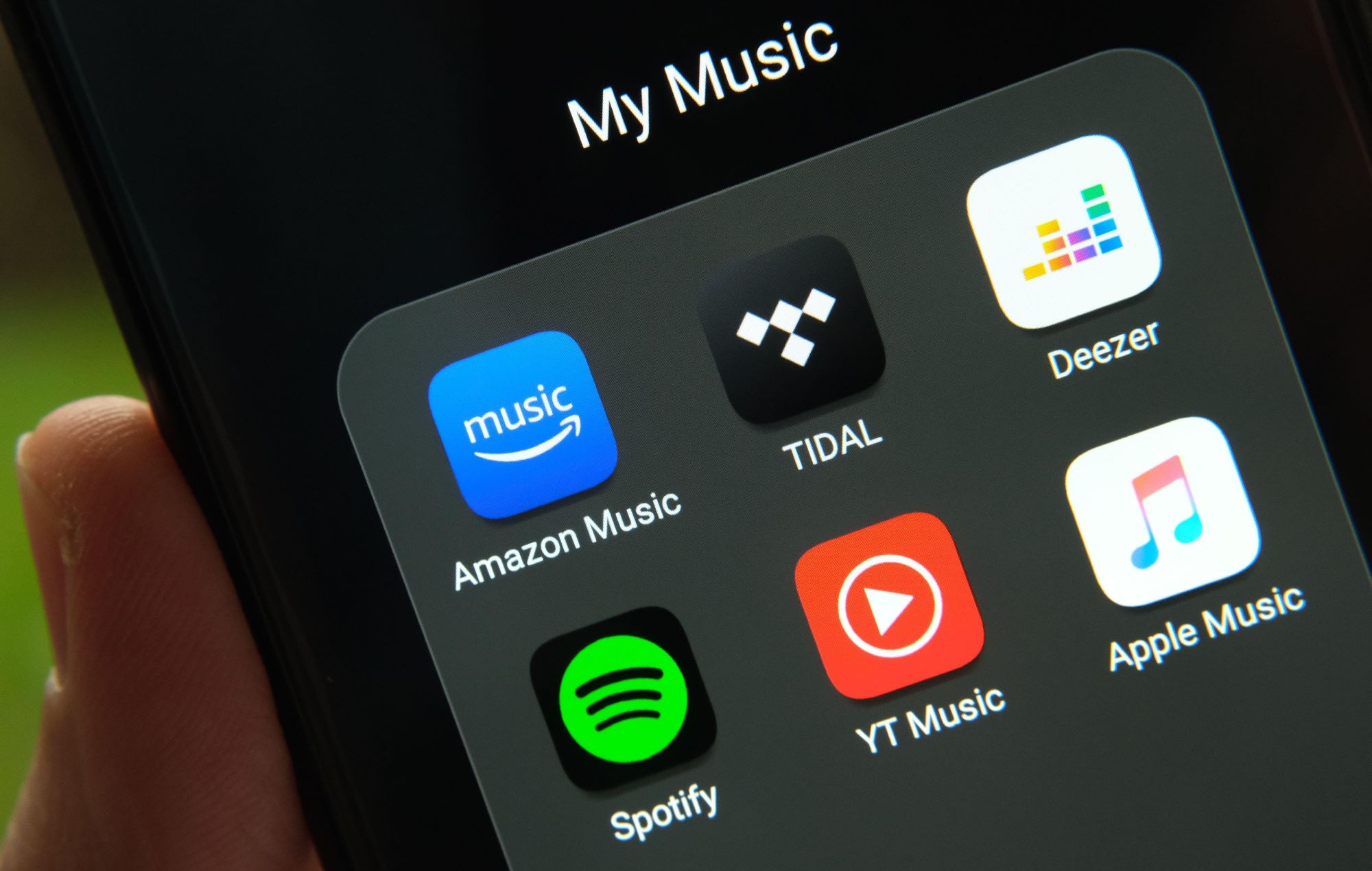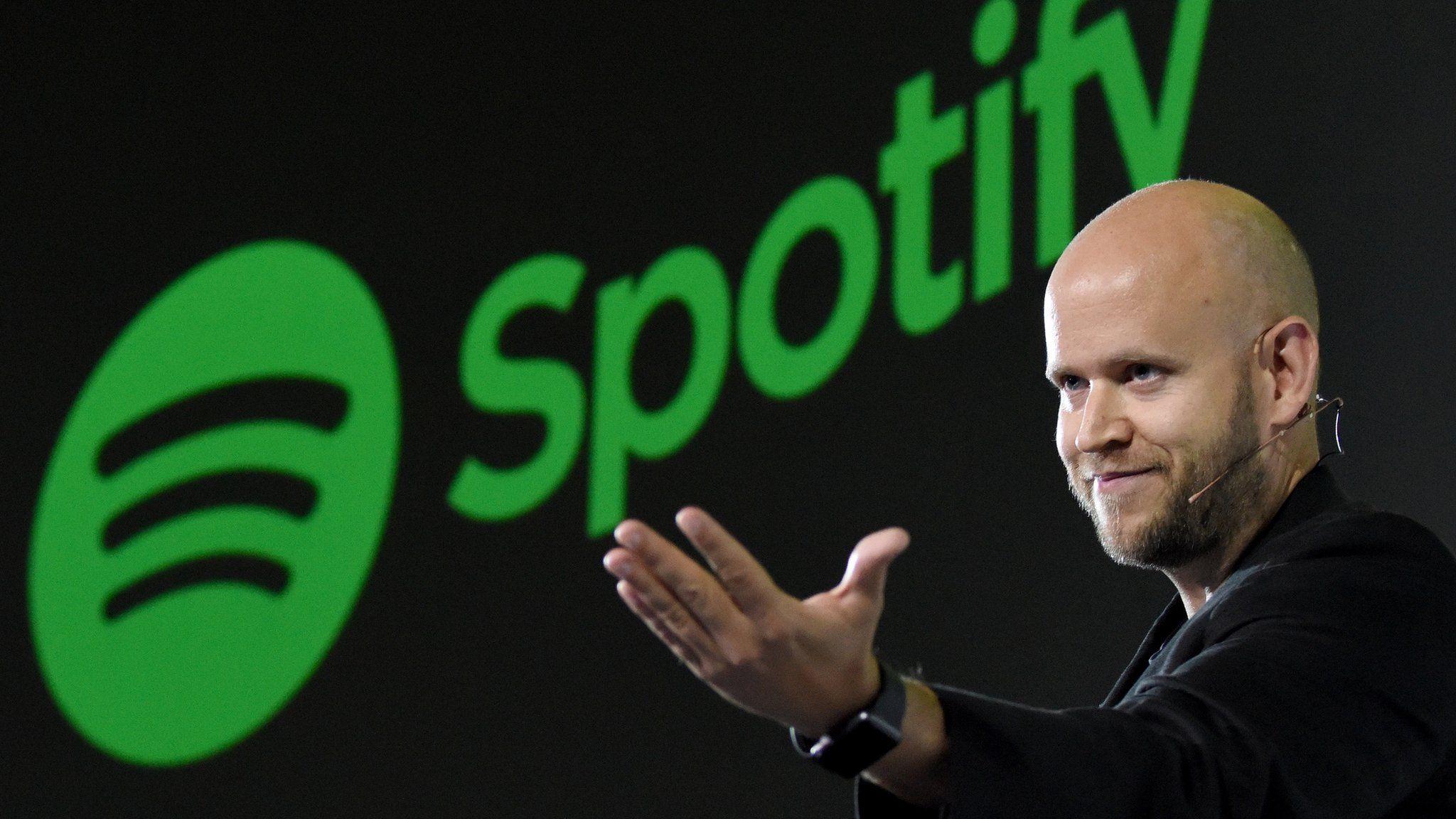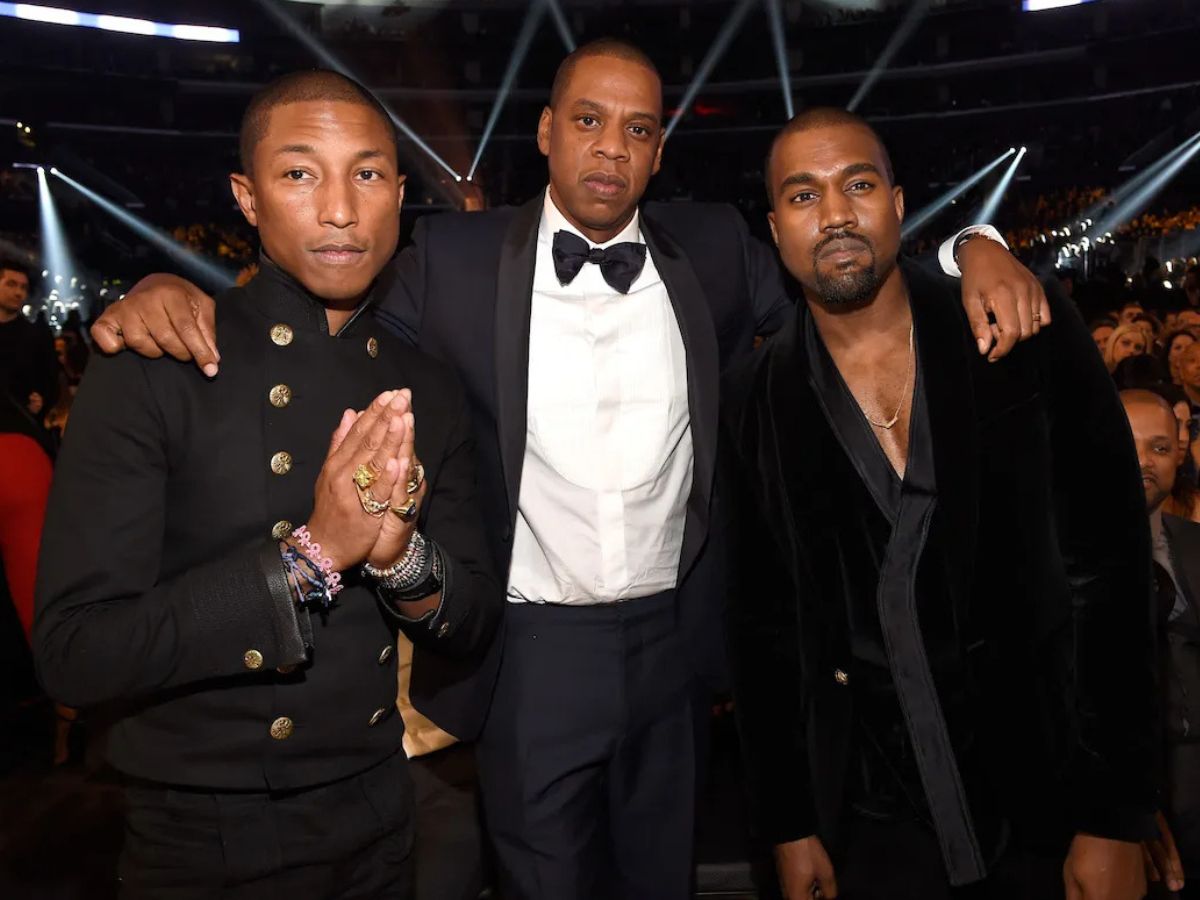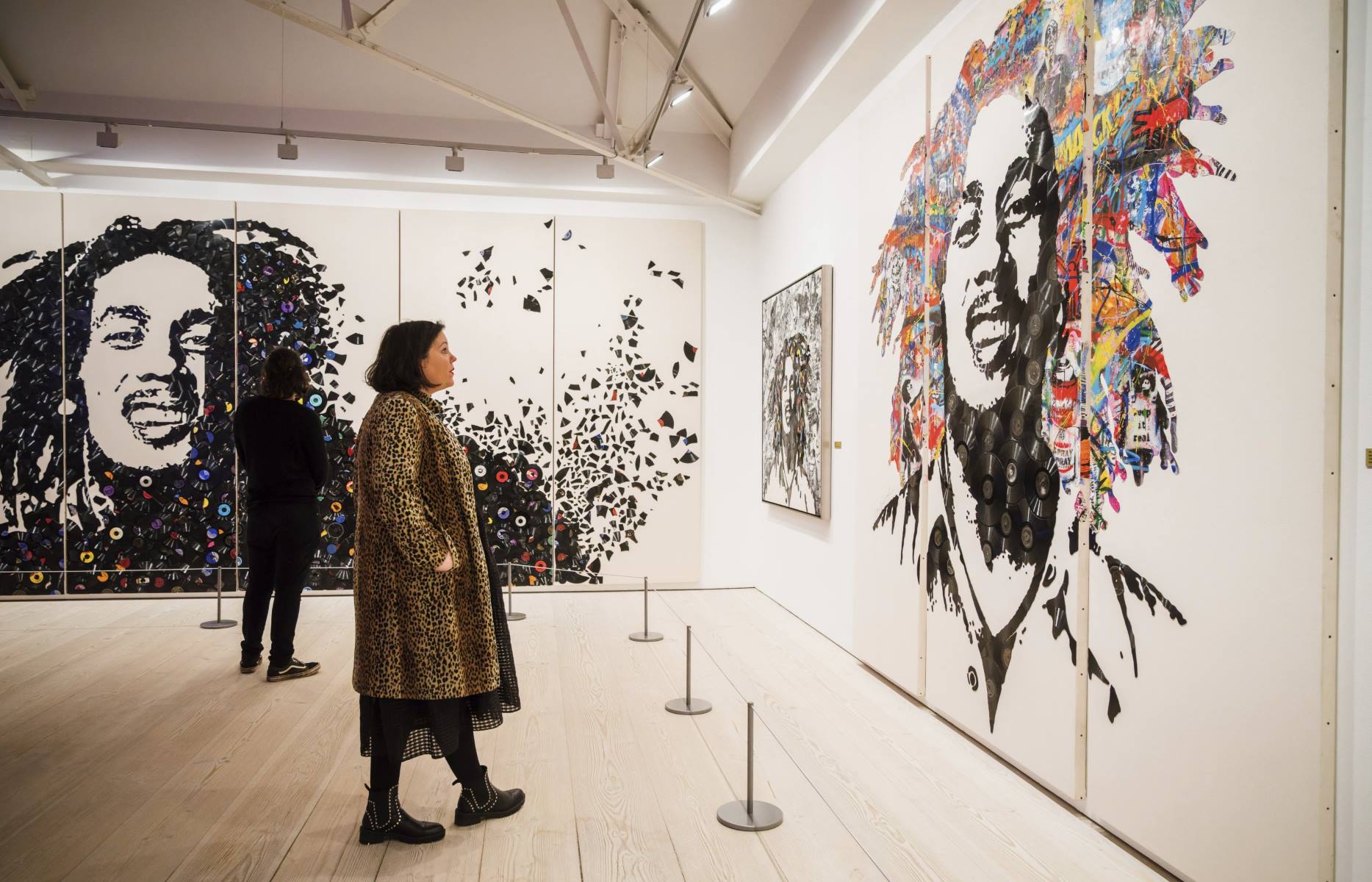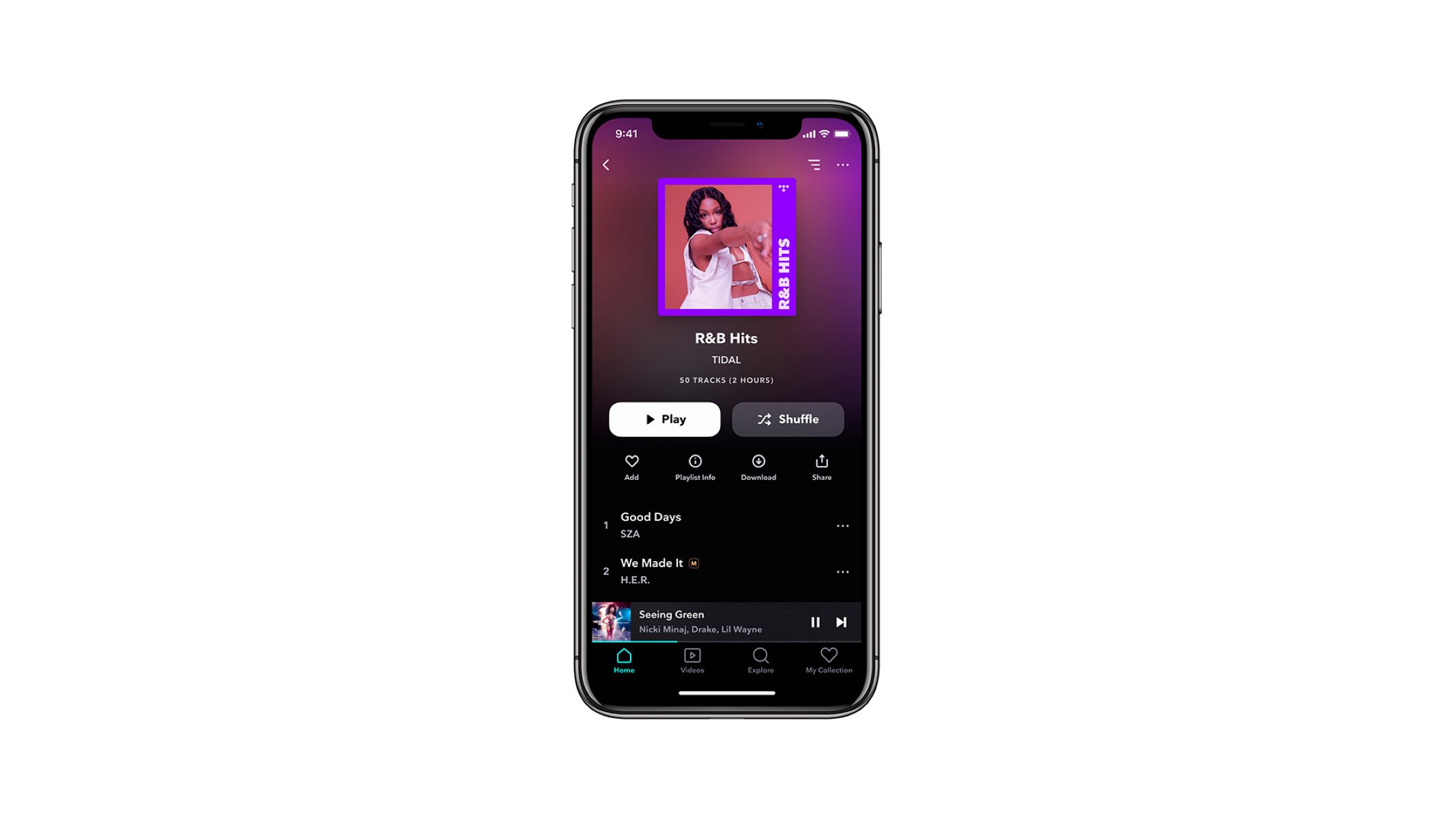Home>Devices & Equipment>Streaming>What Music Streaming Service Pays The Most To Artists


Streaming
What Music Streaming Service Pays The Most To Artists
Published: March 9, 2024
Discover which music streaming service pays the most to artists. Compare royalties and earnings to make the best choice for your music. Explore now!
(Many of the links in this article redirect to a specific reviewed product. Your purchase of these products through affiliate links helps to generate commission for AudioLover.com, at no extra cost. Learn more)
Table of Contents
Introduction
The music industry has undergone a significant transformation with the advent of music streaming services. These platforms have revolutionized the way people consume music, offering unparalleled convenience and accessibility. As a result, artists have gained a broader reach, enabling them to connect with a global audience like never before. However, the rise of music streaming has also sparked discussions about artist compensation and the varying payout rates across different platforms.
In this article, we will delve into the intricate world of music streaming services and explore the mechanisms through which artists are compensated for their work. We will also investigate which streaming service stands out as the frontrunner in terms of paying artists the most. By shedding light on the factors that influence artist payments, we aim to provide a comprehensive understanding of this complex landscape.
Join us on this journey as we unravel the inner workings of music streaming services and uncover the platform that offers the most favorable compensation for artists. Through this exploration, we will gain valuable insights into the dynamics of the music industry in the digital age and the impact of streaming services on artists' livelihoods.
Understanding Music Streaming Services
Music streaming services have revolutionized the way people access and enjoy music. These platforms provide users with instant access to an extensive library of songs, albums, and playlists, all available at their fingertips. Unlike traditional music consumption methods that relied on physical media or digital downloads, streaming services offer a vast collection of music that can be accessed on-demand, anytime and anywhere with an internet connection.
At the core of music streaming services is the concept of subscription-based or ad-supported access to a vast catalog of music. Users can choose from a variety of subscription tiers, ranging from free, ad-supported plans to premium, ad-free options. This flexibility allows listeners to tailor their music streaming experience according to their preferences and budget.
One of the key features that sets music streaming services apart is their ability to personalize recommendations based on users' listening habits. Through sophisticated algorithms and machine learning, these platforms analyze users' listening history and preferences to curate personalized playlists and recommendations. This personalized approach enhances the overall music discovery experience, introducing users to new artists and genres that align with their tastes.
Furthermore, music streaming services have transcended geographical boundaries, enabling artists to reach a global audience with ease. This global reach has empowered artists to connect with fans from diverse backgrounds, transcending physical limitations and expanding their fan base exponentially.
In addition to on-demand streaming, many platforms offer features such as offline listening, high-quality audio streaming, and exclusive content, further enriching the user experience. These value-added features cater to the evolving needs of music enthusiasts, enhancing the overall appeal of music streaming services.
Overall, music streaming services have redefined the music industry by offering unparalleled accessibility, personalization, and global reach. As these platforms continue to evolve and innovate, they play a pivotal role in shaping the modern music landscape, influencing how artists distribute their music and connect with their audience.
How Artists Get Paid from Music Streaming
Artists receive compensation from music streaming services through a complex system that involves various factors and calculations. Unlike traditional album sales, where artists earn a set amount per unit sold, streaming payments are based on a different model. Here's a detailed look at how artists get paid from music streaming:
1. Streaming Royalties:
- Per-Stream Royalties: Artists earn a fraction of a cent each time their song is streamed. This per-stream royalty rate varies across different streaming platforms and is influenced by factors such as the user's subscription tier and the country where the stream originates.
- Royalty Pools: Streaming services allocate a portion of their revenue to a royalty pool, from which artists receive payments based on the total streams of their music relative to the platform's overall streaming activity.
2. Revenue Sharing:
- Label and Distributor Cuts: In many cases, artists' earnings from streaming are subject to deductions by their record labels and distributors. These entities typically take a percentage of the streaming revenue before passing on the remaining amount to the artists.
3. Performance Rights Organizations (PROs):
- Collecting and Distributing Royalties: PROs play a crucial role in collecting performance royalties on behalf of artists and rights holders. They monitor public performances of music and ensure that artists receive fair compensation for the use of their music on streaming platforms, radio, live performances, and other public settings.
4. Direct Licensing and Agreements:
- Negotiated Deals: Some artists and rights holders opt for direct licensing agreements with streaming services, bypassing traditional record label arrangements. These direct deals can offer artists more control over their music and potentially result in higher payout rates.
5. Impact of Streaming Metrics:
- Listener Engagement: Streaming platforms consider metrics such as listener engagement, playlist placements, and user interactions when determining artist payouts. Higher listener engagement and inclusion in popular playlists can positively impact an artist's streaming revenue.
6. Global Reach and Audience Size:
- International Streams: Artists benefit from the global reach of streaming services, as their music can be accessed by listeners worldwide. The cumulative effect of streams from diverse geographic regions contributes to an artist's overall streaming revenue.
In essence, artists' earnings from music streaming are influenced by a multitude of factors, including streaming royalty rates, revenue sharing dynamics, the role of PROs, direct licensing arrangements, streaming metrics, and the global reach of their music. Understanding these intricacies is essential for artists seeking to maximize their earnings from streaming platforms and navigate the evolving landscape of digital music distribution.
Which Music Streaming Service Pays the Most to Artists
When it comes to determining which music streaming service pays the most to artists, several factors come into play. It's essential to consider the intricacies of each platform's royalty structure, user base, and overall revenue allocation to gauge the level of compensation offered to artists. While the landscape of artist payouts from streaming services is dynamic and influenced by various elements, certain platforms have gained recognition for their relatively favorable royalty rates and artist-centric initiatives.
Spotify
Spotify, one of the leading music streaming platforms globally, has garnered attention for its artist-friendly features and initiatives. The platform's per-stream royalty rates, though varying based on factors such as user location and subscription tier, have generally been perceived as competitive within the industry. Additionally, Spotify has introduced tools and programs aimed at empowering artists, such as the Spotify for Artists platform, which provides insights, promotional opportunities, and direct engagement with fans.
Apple Music
Apple Music has positioned itself as a strong contender in terms of artist compensation, with a reputation for offering favorable royalty rates. The platform's commitment to supporting artists is evident through its artist-focused initiatives, including exclusive content partnerships, live events, and in-depth artist profiles. Apple Music's emphasis on curated content and editorial curation also presents opportunities for artists to gain visibility and connect with audiences.
Tidal
Tidal has differentiated itself by prioritizing higher royalty rates for artists, positioning the platform as a proponent of fair compensation within the music streaming landscape. Through its artist-owned model and emphasis on high-fidelity audio, Tidal has aimed to create a platform that prioritizes the interests of artists and creators. This approach has resonated with artists seeking platforms that prioritize equitable compensation for their work.
Factors to Consider
While these platforms have gained recognition for their artist-friendly initiatives and relatively favorable royalty rates, it's important to note that artist payouts can vary based on individual streaming activity, user engagement, and the specific terms of licensing agreements. Additionally, the global reach and user demographics of each platform play a significant role in determining the overall impact on artist compensation.
In evaluating which music streaming service pays the most to artists, it's crucial to consider the holistic support and opportunities offered to artists beyond royalty rates. Factors such as promotional tools, audience engagement features, and exclusive partnership opportunities contribute to the overall value that streaming platforms provide to artists.
As the music streaming landscape continues to evolve, artists are presented with a diverse array of platforms, each offering unique benefits and considerations in terms of artist compensation. By understanding the nuances of each platform's approach to artist payouts and support initiatives, artists can make informed decisions regarding their digital distribution strategies and maximize their earning potential in the streaming era.
Factors Affecting Artist Payments
Several key factors significantly influence the payments that artists receive from music streaming services. Understanding these factors is crucial for artists seeking to optimize their earnings and navigate the complexities of the digital music landscape.
-
Royalty Rates and Revenue Allocation: The royalty rates set by streaming platforms directly impact artist payments. These rates can vary based on factors such as the user's subscription tier, geographic location, and the platform's overall revenue allocation to its music catalog. Platforms with higher per-stream royalty rates and equitable revenue allocation models can potentially result in more favorable payments for artists.
-
User Engagement and Streaming Metrics: Streaming platforms consider user engagement metrics, such as the number of streams, listener retention, and playlist placements, when calculating artist payments. Higher levels of user engagement with an artist's music can lead to increased payouts. Additionally, being featured in popular playlists and curated content can significantly impact an artist's streaming revenue.
-
Licensing Agreements and Label/Distributor Dynamics: The terms of licensing agreements between artists, record labels, and distributors play a pivotal role in determining the portion of streaming revenue that artists ultimately receive. Artists' earnings may be subject to deductions by their record labels and distributors before reaching them, highlighting the importance of transparent and favorable contractual arrangements.
-
Global Reach and Audience Size: The global accessibility of music streaming services allows artists to reach audiences worldwide. As a result, the cumulative effect of streams from diverse geographic regions contributes to an artist's overall streaming revenue. Platforms with a broad international user base can significantly impact an artist's payments.
-
Platform-Specific Initiatives and Support Programs: Some streaming platforms offer artist-centric initiatives and support programs designed to empower and promote artists. These initiatives may include promotional tools, direct engagement with fans, exclusive content partnerships, and educational resources. Artists can benefit from platforms that prioritize their development and success beyond royalty rates alone.
-
Direct Licensing and Alternative Distribution Models: Artists who opt for direct licensing agreements or alternative distribution models may have more control over their music and potentially negotiate higher payout rates. By bypassing traditional label arrangements, artists can explore avenues that offer greater transparency and a larger share of streaming revenue.
-
Fair Compensation Advocacy and Industry Dynamics: The advocacy for fair compensation within the music industry has led to platforms emphasizing equitable payments to artists. Streaming services that align with the principles of fair compensation and prioritize the interests of creators may offer more favorable terms to artists.
By considering these factors, artists can make informed decisions regarding their digital distribution strategies and partnerships with streaming platforms. Navigating the landscape of artist payments in the digital age requires a comprehensive understanding of the intricate dynamics at play, empowering artists to maximize their earnings and leverage the opportunities presented by music streaming services.
Conclusion
In conclusion, the landscape of music streaming services presents a dynamic and multifaceted environment for artists, shaping the way they distribute their music and engage with audiences. As the digital era continues to redefine the music industry, it is essential for artists to navigate the complexities of artist compensation from streaming platforms. Understanding the factors that influence artist payments, the nuances of royalty structures, and the unique offerings of each streaming service is paramount for artists seeking to maximize their earnings and establish sustainable careers in the digital music landscape.
While the question of which music streaming service pays the most to artists is multifaceted and influenced by various factors, it is evident that platforms such as Spotify, Apple Music, and Tidal have garnered attention for their artist-friendly initiatives and relatively favorable royalty rates. However, beyond royalty rates alone, artists must consider the holistic support, promotional opportunities, and audience engagement features offered by each platform. By evaluating these aspects, artists can make informed decisions regarding their digital distribution strategies and partnerships with streaming services.
The evolving dynamics of artist compensation from music streaming services underscore the importance of transparency, fair compensation advocacy, and artist empowerment initiatives within the music industry. As artists continue to leverage the global reach and personalized experiences offered by streaming platforms, it is crucial for the industry to prioritize equitable payments and support programs that foster the growth and sustainability of artists' careers.
In the digital age, the intersection of technology, music, and artist compensation presents both opportunities and challenges. By staying informed about the intricacies of artist payments, advocating for fair compensation, and leveraging the diverse array of streaming platforms, artists can navigate the digital music landscape with confidence and resilience. As the music industry continues to evolve, the empowerment and fair compensation of artists remain essential pillars for a vibrant and sustainable creative ecosystem within the realm of music streaming services.

